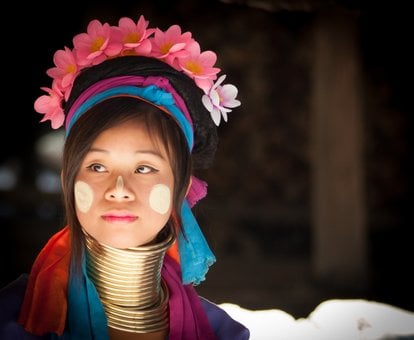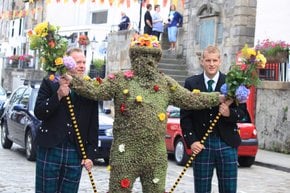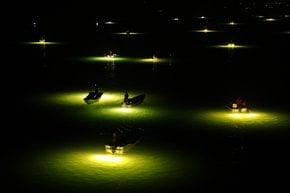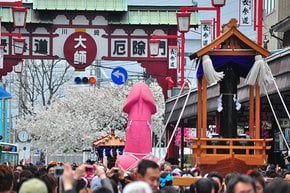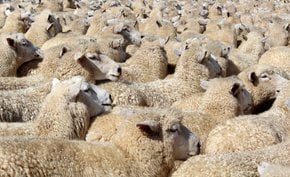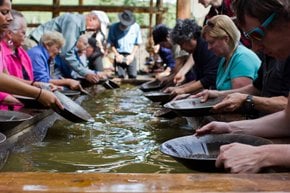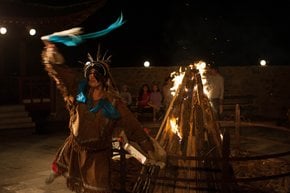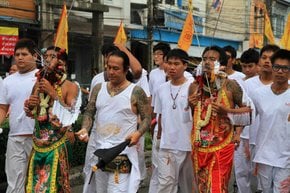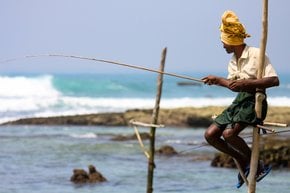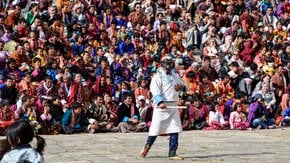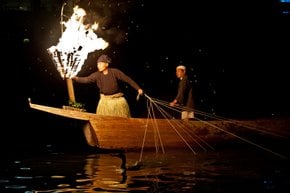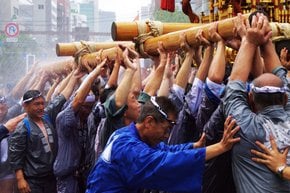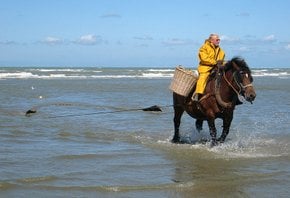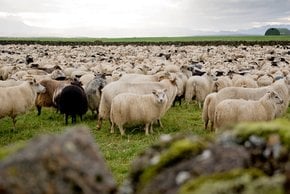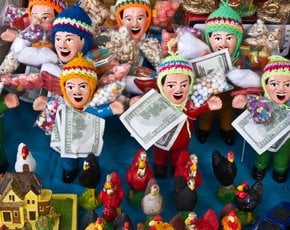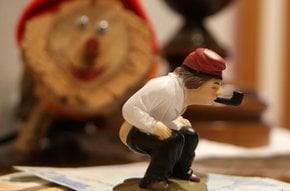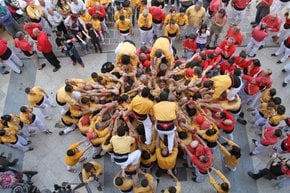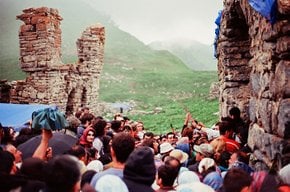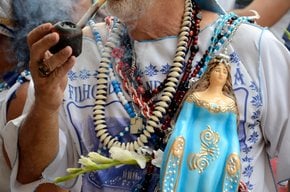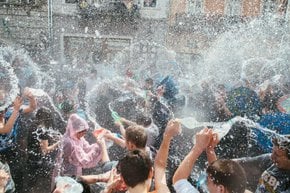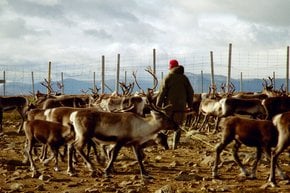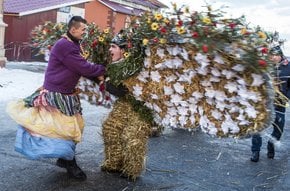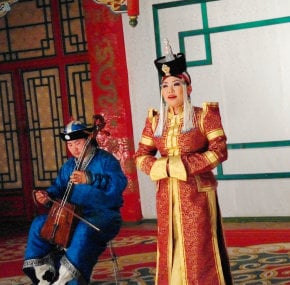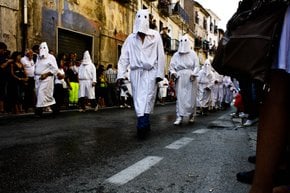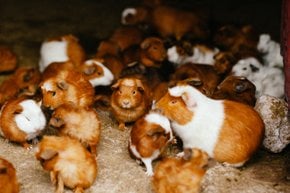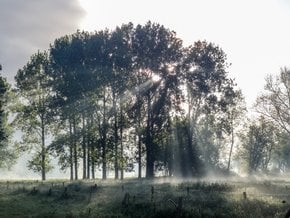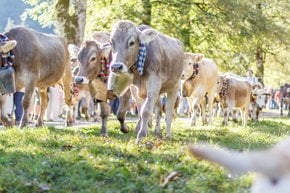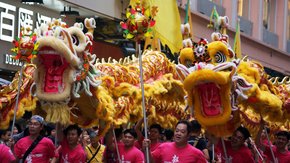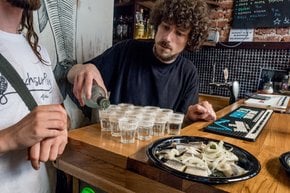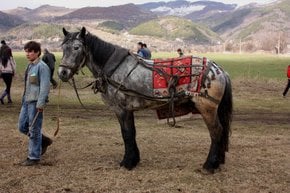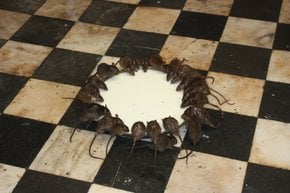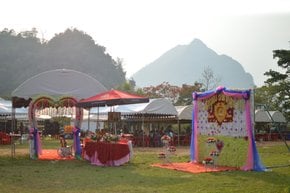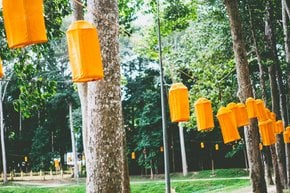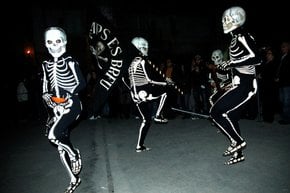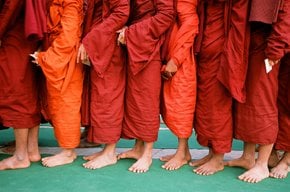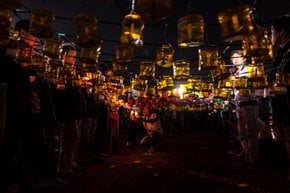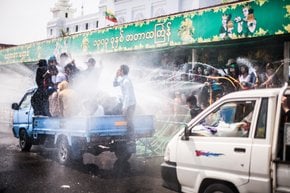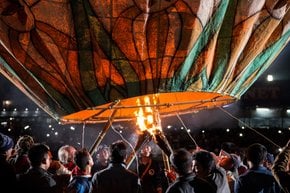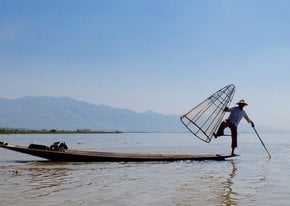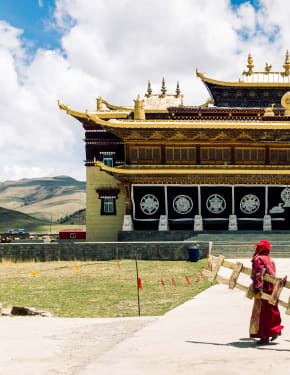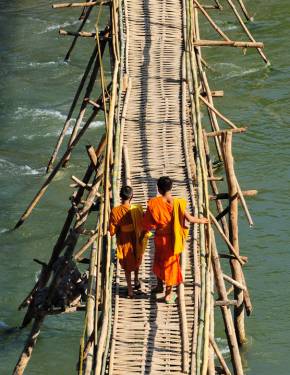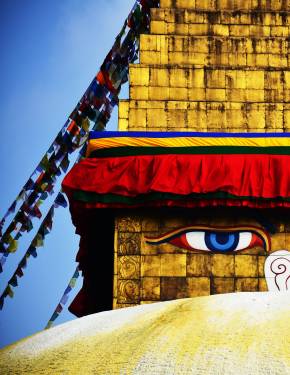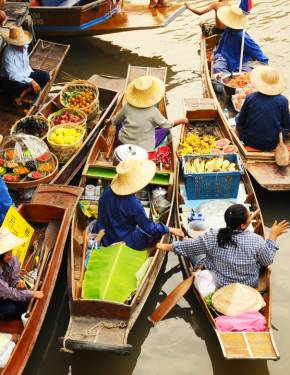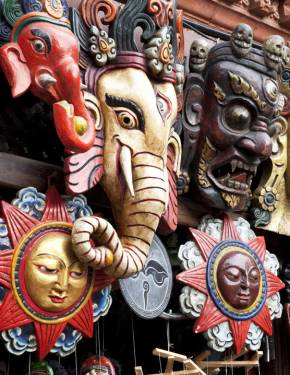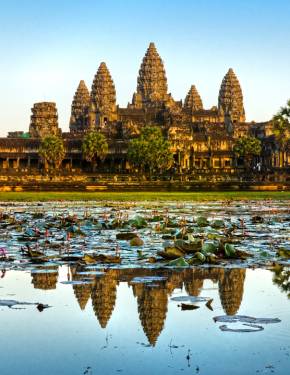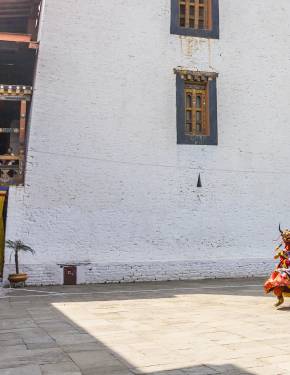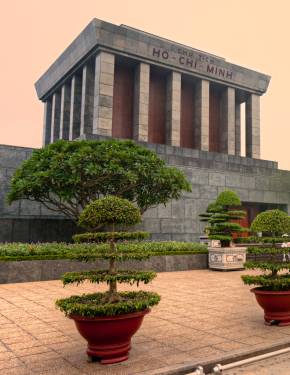Wearing Thanaka 2025-2026 in Myanmar
For many travelers to Myanmar, the most notable sight is the yellowish paste called Thanaka, painted on the faces of Burmese women and children
Dates: November–February | April 13–April 16
While exploring Myanmar, many unfamiliar sights leave visitors in awe. One such sight is the facial coloring of Burmese women and children, known locally as “Thanaka.” This practice holds significant cultural importance, serving as a unifying symbol of pride that all Burmese people embrace.
Thanaka
Thanaka paste, characterized by its bright yellowish-white color, is applied in circular patches, stripes, or intricate leaf patterns on the cheeks, nose, and forehead, leaving distinctive yellow trails. It is created by grinding the bark and roots of Thanaka trees and mixing them with water on a stone slab known as a kyauk pyin. This versatile paste can be applied in various ways, ranging from simple shapes to elaborate designs resembling leaves or flowers.
Traditional Use
This natural paste serves as an effective sunscreen against the hot tropical sun. Thanaka is particularly cherished in and around Mandalay, the former capital of Myanmar. Many Burmese use Thanaka to enhance their skin and prevent wrinkles and acne, making it a popular cosmetic choice. Its pleasant sandalwood scent adds to its appeal, as it also helps to eliminate body odor. In some Myanmar elementary schools, children are even required to wear Thanaka as part of their daily uniforms to demonstrate that they have bathed.
Traditional Festivals
Thanaka has become an integral part of Burmese culture and is even used as a ritual mask during traditional festivals. One notable example is the Thingyan Water Festival, which is rooted in Buddhist beliefs. Splashing water on others is thought to bring prosperity and happiness. During this festival, a traditional Thanaka-making event occurs, where a group of young women grind Thanaka bark and roots into a fine powder. This ground Thanaka is then dissolved in holy water to create a liquid paste, which is poured over images of Buddha.

